On a crisp afternoon in April 2023, a seemingly routine cross-country flight turned into a harrowing brush with disaster for a 43-year-old private pilot flying a Cessna R182 over the Grand Canyon region. What started as a precautionary landing due to fuel concerns quickly escalated into a loss of control and crash landing—thankfully, with no injuries to either the pilot or his passenger. But the story behind what happened offers a sobering look at decision-making under pressure, hidden mechanical mysteries, and the critical importance of understanding your aircraft.
A New Plane and a New Journey
The pilot, who held a private pilot certificate with no instrument rating, had approximately 266 total flight hours, with 131 of those as pilot-in-command. He wasn’t a commercial pilot, just someone making a personal trip in his newly acquired aircraft.
That aircraft—a 1978 Cessna R182 Skylane RG—was purchased recently and hadn’t yet proven itself to its new owner. With just 16.6 hours since its last annual inspection, it should have been in good shape. Its Lycoming O-540 engine had 419.3 hours since being reinstalled following a 2003 overhaul.
The flight departed from Bullhead City, Arizona, with the ultimate goal of reaching the St. Louis area. Because his departure airport had no fuel services, the pilot planned to refuel en route, somewhere in western Kansas. Before takeoff, he estimated the left tank was about ¾ full and the right tank ⅞ full.
That’s where the trouble began.
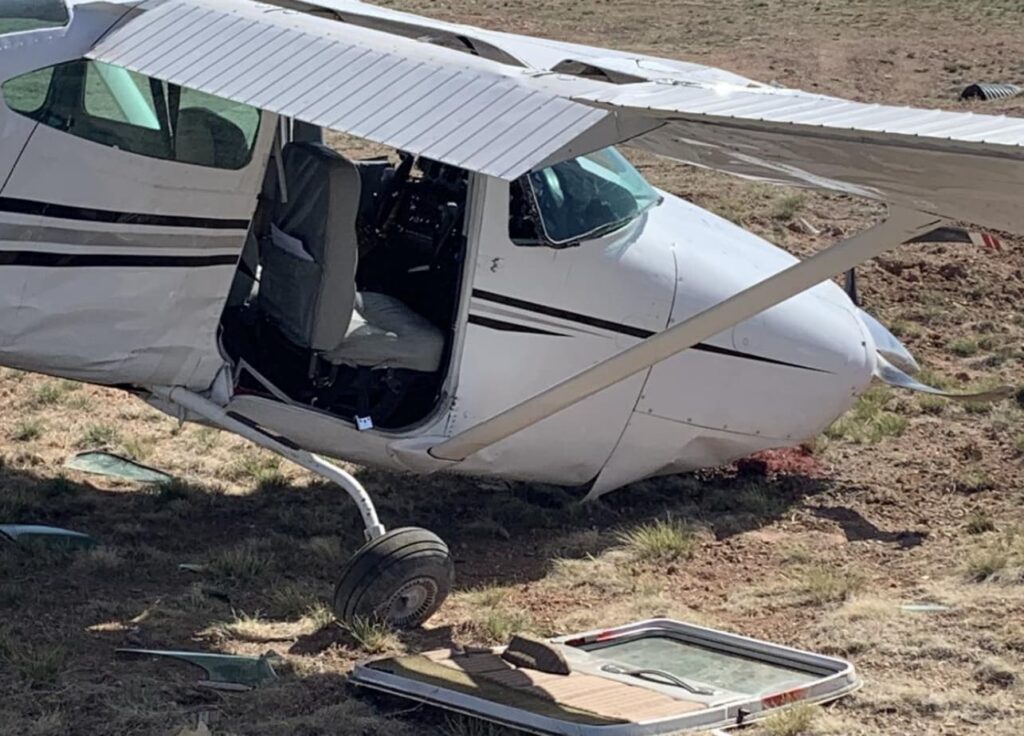
An Uneven Fuel Flow Raises Alarms
Roughly an hour into the flight, the pilot noticed something troubling: fuel was only being drawn from the left tank. While the right tank remained full, the engine was sipping exclusively from the left side. The gauges weren’t matching expectations either.
Out of an abundance of caution, the pilot decided to divert and land at Valle Airport (40G), near the Grand Canyon—a remote but serviceable airstrip for a precautionary landing. Smart move, right?
But as he approached the runway, things got dicey.
He applied carburetor heat, which is standard practice when preparing for landing in case of carb ice. At that moment, the engine began to sputter. Sensing a potential engine failure and concerned about gusty winds reported at 16 knots with gusts to 25, the pilot initiated a go-around.
That’s when disaster struck.
The engine didn’t respond to the throttle input. Power wasn’t restored, and the airplane—already in a nose-high attitude—stalled. With little altitude to recover, the aircraft crashed near the airport. Both wings and the empennage (tail section) impacted the ground, causing substantial damage.
Miraculously, both occupants walked away unharmed.
Post-Crash Puzzle: Full Tanks, Empty Answers
Onsite shortly after the accident, the airport manager found both fuel tanks leaking. The right tank was still full to the brim. The left? About half full. The fuel selector was in the “BOTH” position, as it should have been.
A post-accident examination by investigators painted a frustrating picture: everything appeared normal.
- Fuel lines? Clear.
- Tank vents and seals? Intact.
- Carburetor? Functioning properly, tested to be within fuel flow limits.
- Weather? Cool and dry—conditions not conducive to carburetor icing.
- Engine components? All in working order.
No pre-impact mechanical issues could be found. In other words, the airplane should have been functioning properly. So why did the engine lose power?
That remains a mystery.
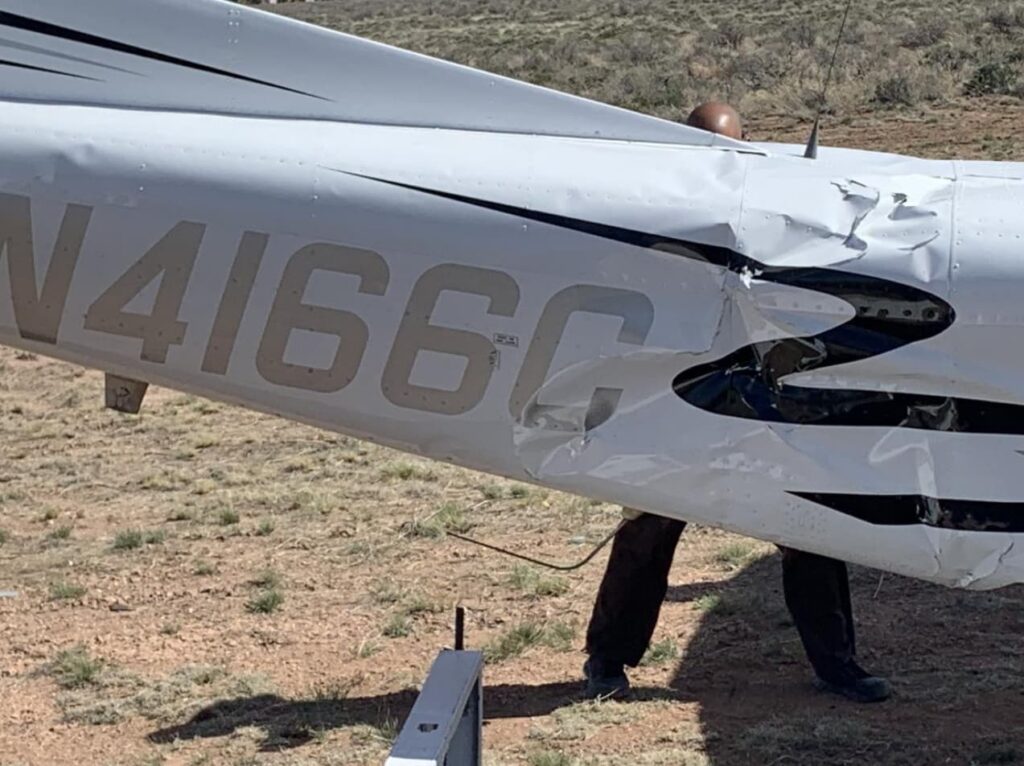
A Chain of Human Factors
With no mechanical smoking gun, the investigation turned toward pilot actions to see what lessons could be learned.
The NTSB determined the probable cause of the accident to be twofold:
- A loss of engine power for undetermined reasons, and
- The pilot’s exceedance of the aircraft’s critical angle of attack during the go-around, leading to an aerodynamic stall.
In essence, even though the engine quit unexpectedly, the final straw was a stall brought on by attempting a go-around without maintaining enough airspeed.
It’s an all-too-common scenario. Pilots dealing with surprise engine issues often find themselves managing multiple tasks at once—navigating, troubleshooting, communicating, and flying—all with limited time and altitude. In this case, a lack of airspeed awareness during a go-around attempt led to a stall that the pilot couldn’t recover from in time.
The NTSB also flagged “incorrect action sequence” and “aircraft control” as personnel issues contributing to the event.
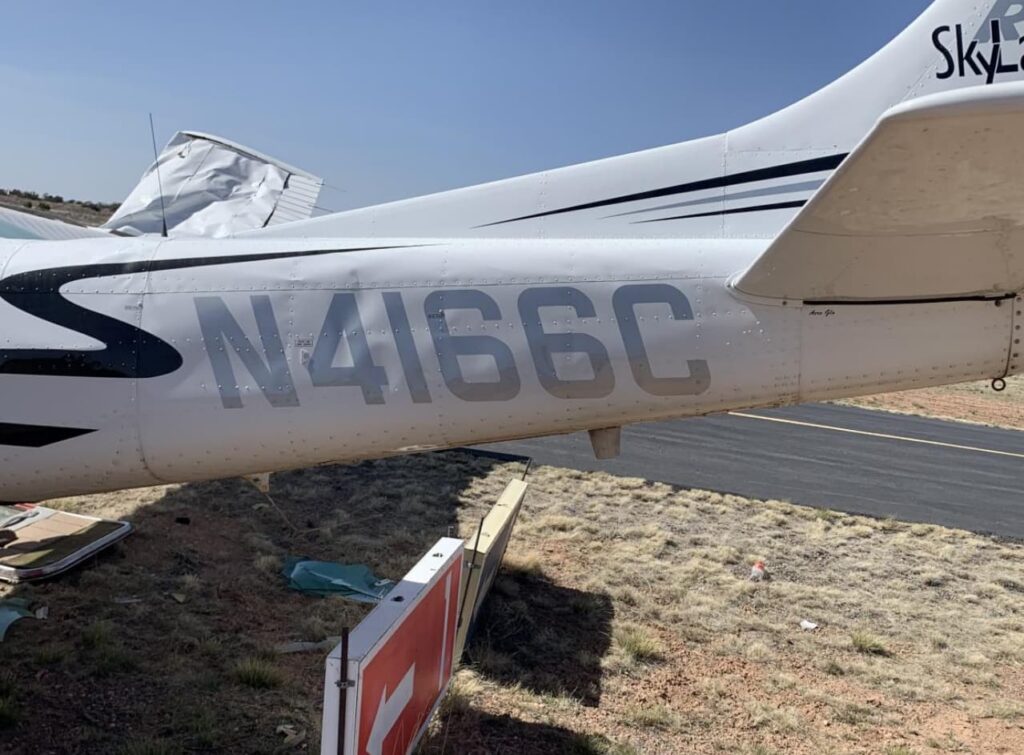
Lessons from the Canyon
This mishap underscores several key takeaways for all pilots, especially those flying under VFR and without an instrument rating:
- Know your aircraft—especially after a recent purchase. Understanding the quirks and operational tendencies of a new-to-you airplane takes time. Systems may not behave as expected, and assumptions can prove dangerous.
- Fuel anomalies deserve early and decisive attention. In this case, recognizing an imbalance or draw issue was a good catch by the pilot. However, landing sooner might have provided more options.
- Engine failures are rarely clean textbook events. They often occur under confusing or stressful conditions—partial power, intermittent behavior, or at low altitude when options are few. Being mentally prepared for this type of ambiguity is key.
- Sometimes, there is no clear mechanical cause. That’s perhaps the most frustrating aspect of this incident: everything appeared to be in working order, yet something failed.
Final Thoughts
While the NTSB couldn’t determine the exact cause of the engine power loss, this incident still offers plenty of food for thought. It’s a case study in real-world aviation, where decisions must be made with incomplete information and where outcomes hinge on split-second choices.
Fly safe, stay sharp, and remember: precaution doesn’t always equal protection—unless it’s paired with solid stick-and-rudder fundamentals.

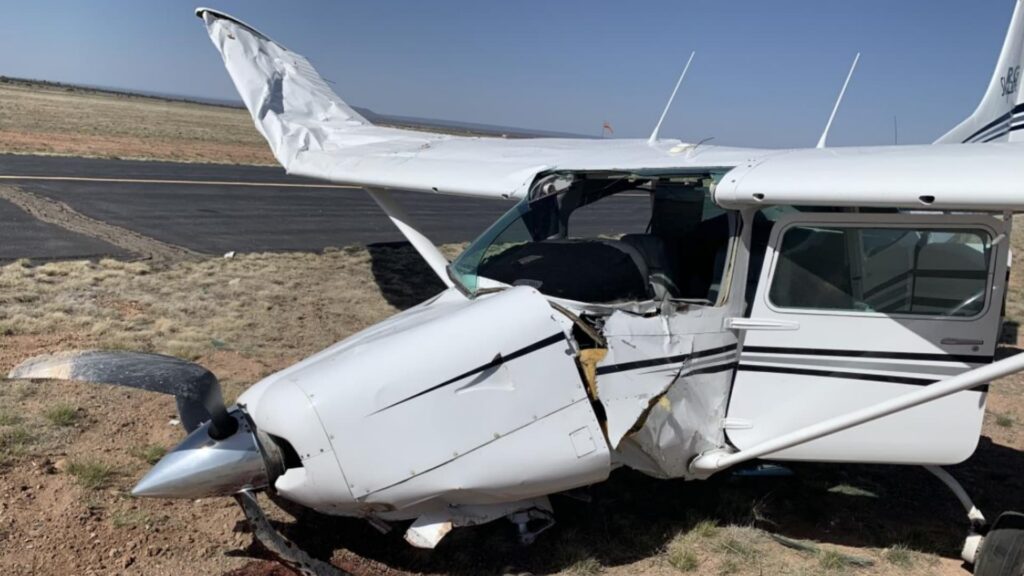



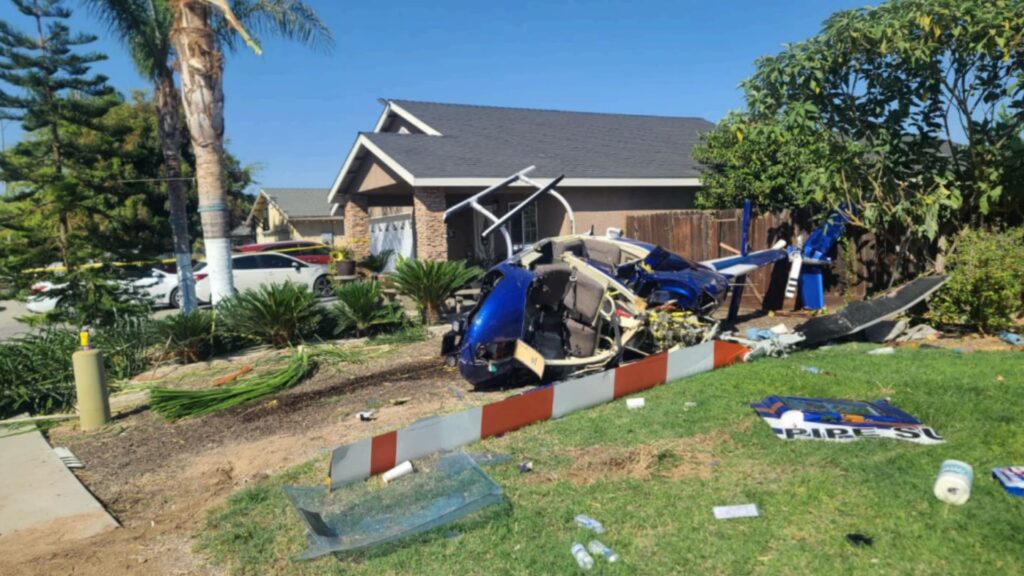
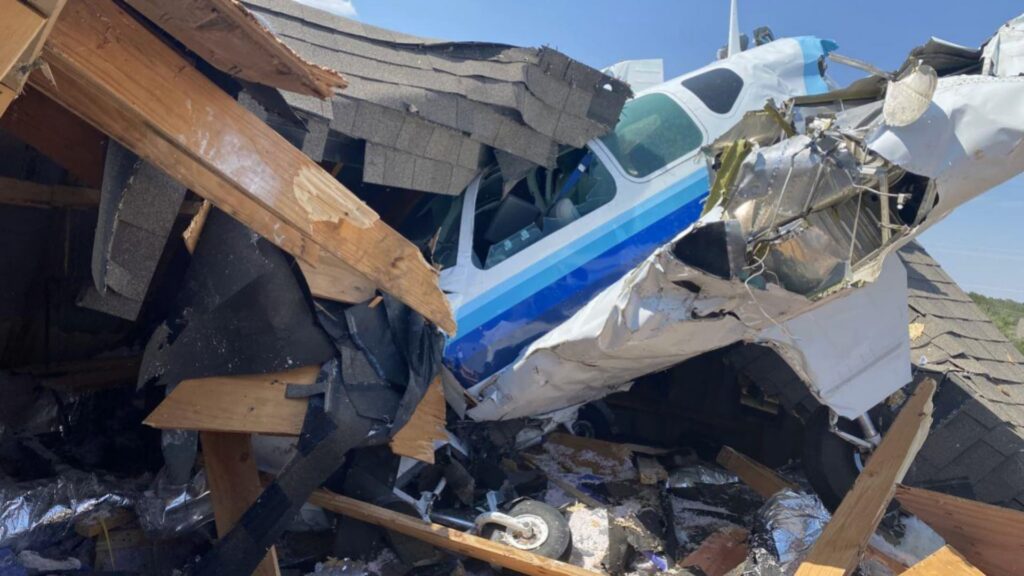
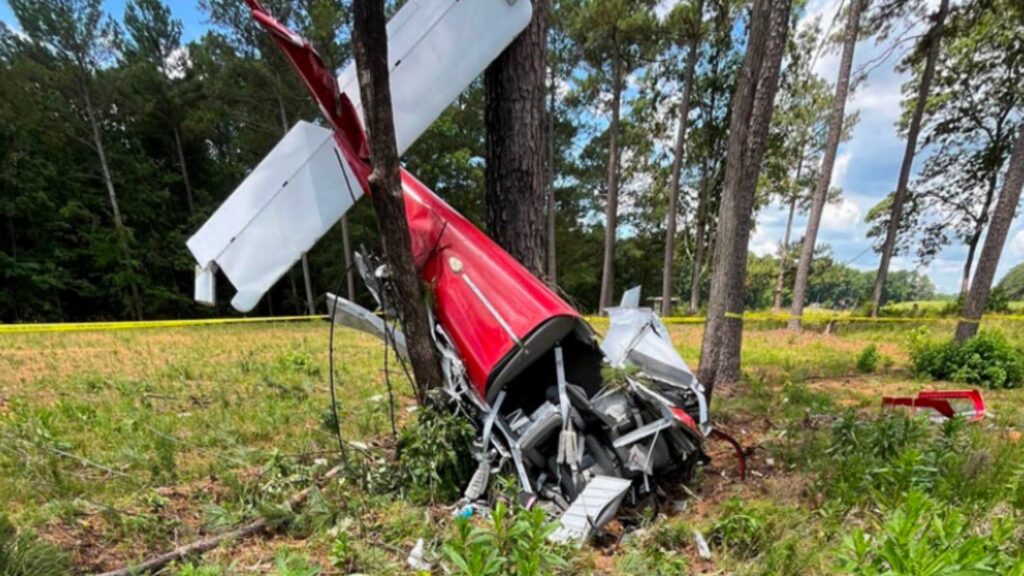
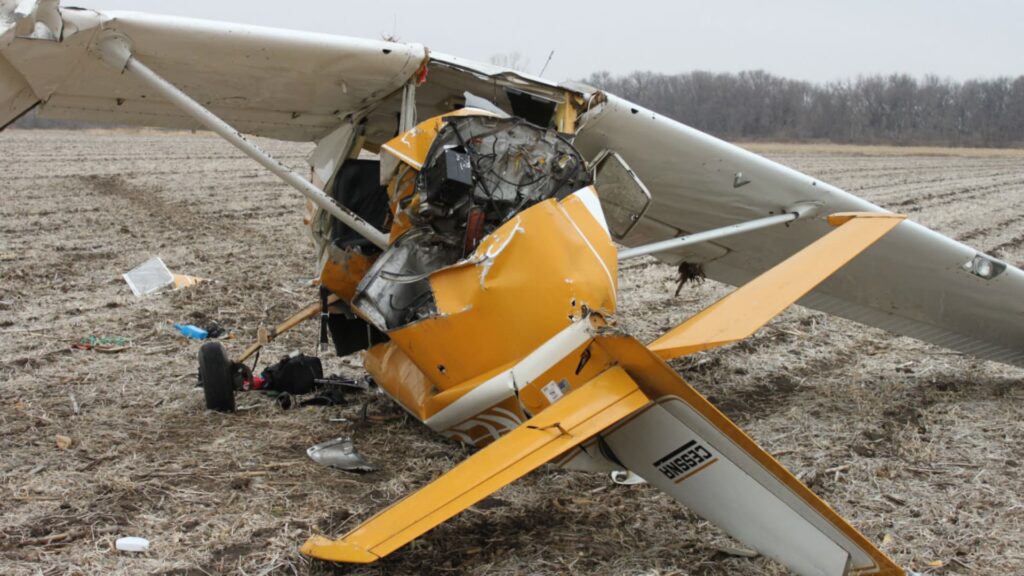
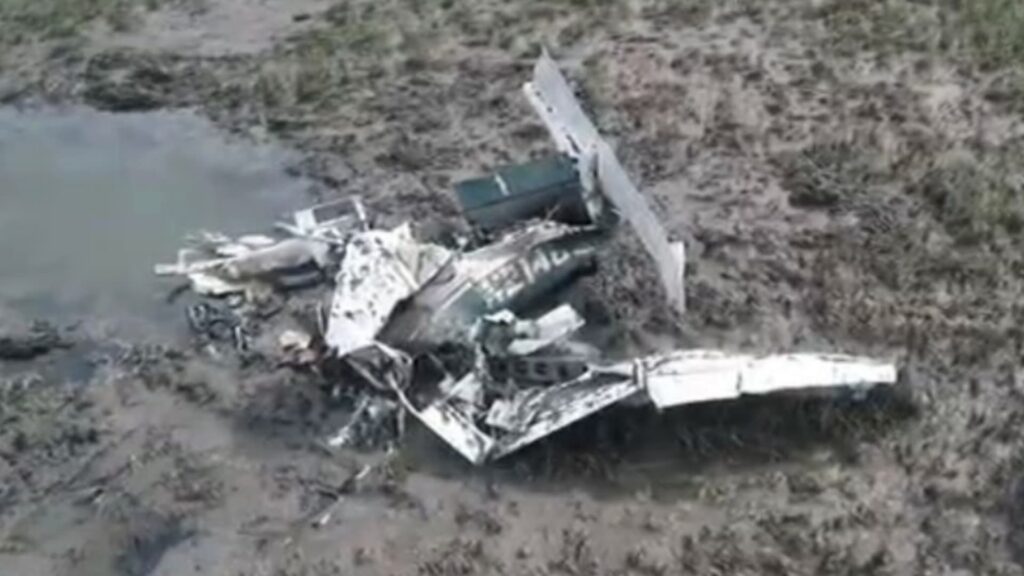
3 Comments
If he left the carb heat on while trying to go full power to do a go around, the engine performance may have been compromised. just wondering??
The carb heat would have degraded an already failing engine’s power output. Would it have made enough of a difference? Why he selected it puzzles me, as there’s nothing in the writeup that points to needing carb heat at that time. The above pictures point to a clear day.
The engine only having ~400 hours of run time since its overhaul 20-years before the accident is concerning to me. Piston engines run best when they run often; having one only run an average of 20 hours per year is a recipe for trouble.
What about fuel contamination. Carbs don’t like water or debris which could present as intermittent power fluctuations.
Good job as always Hoover.